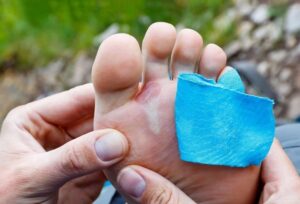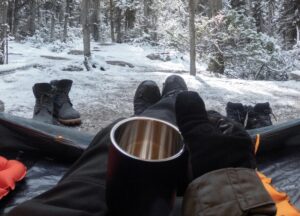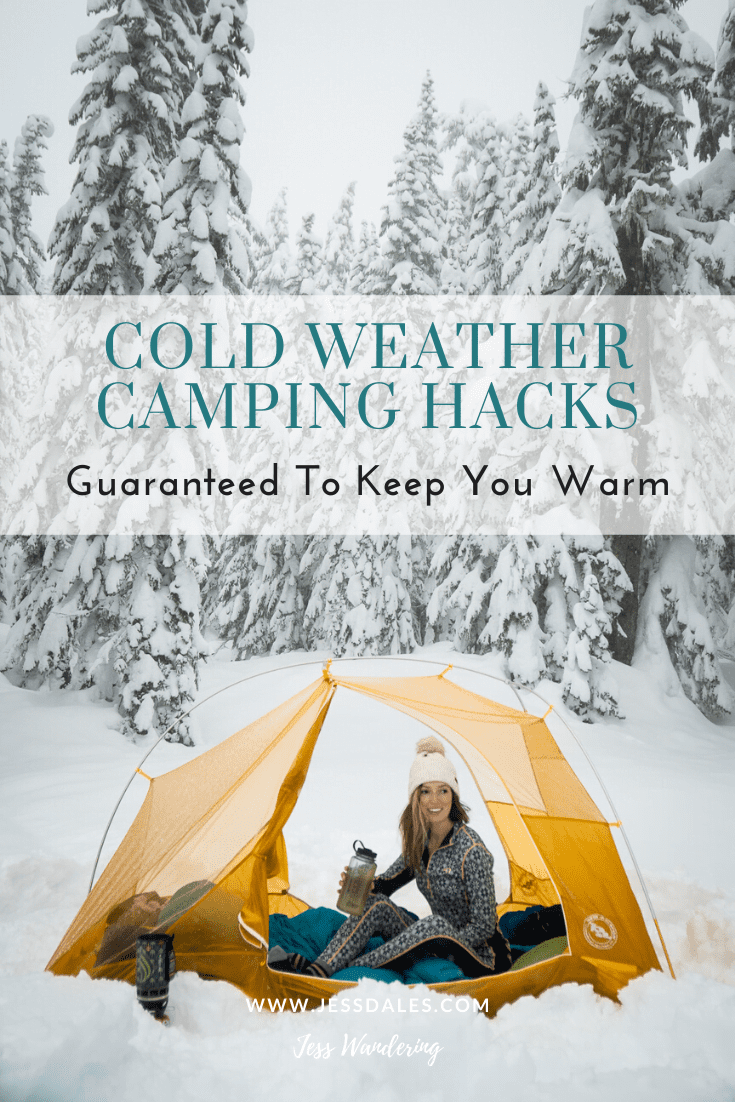
Winter is here, and for the adventurous souls among you, it brings an enchanting invitation to explore the pristine beauty of snow-clad landscapes. Imagine the tranquility of a peaceful night sky wrapped in a snowy blanket – sounds marvelous right? If you’re captivated by this call of the wild, and winter camping captures your spirit, then prioritizing comfort and warmth becomes critical. Get ready to embrace the frosty winds and chilly landscapes with flair as we present “Best Tips for Staying Warm While Winter Camping”, your go-to guide to protect against hypothermia and frostbite. In this unique guide, you will discover practical tips that make your winter camping experience not just safe and manageable, but also utterly mesmerizing and fantastic!
Choose the Right Tent for Winter Camping
When it comes to winter camping, selecting the right tent is critical. This tent will be your sanctuary against the harsh cold elements.
Consider four-season tents
To start with, consider four-season tents. Unlike their three-season counterparts, these tents are designed to withstand the harsh conditions of winter, including heavy snowfall and strong winds. They have stronger poles, fewer mesh panels and heavier fabrics for increased warmth and durability.
What to look for in a winter tent
When looking for a winter tent, there are a few additional features to consider. Look for a tent with a suitable vestibule where you can store your gear away from the inner sleeping area. This will prevent water or snow from melting into your sleeping area. Also, search for a tent with walls that slant outward rather than straight up. This design helps snow slide off rather than accumulate on top of the tent.
Benefits of double-walled tents
One particular type of tent to consider is a double-walled tent. These tents have two layers: an inner layer that’s breathable and an outer layer which is water-resistant. The air gap between the layers provides extra insulation, reduces condensation, and helps regulate temperature.
Adjusting ventilation to manage condensation
Ventilation is another important factor to consider. Proper ventilation can minimize condensation, which can affect your tent’s insulating capabilities. Look for vents that can be adjusted from the inside, so you won’t need to expose yourself to the cold weather.
Importance of Sleeping Bag Ratings
Besides a good tent, a quality sleeping bag can make or break your winter camping experience.
Understanding temperature ratings
Sleeping bags are rated by temperature, which indicates the lowest temperature the bag is designed to handle. It’s important to understand these ratings and choose a sleeping bag that’s rated for the lowest temperature you expect to encounter.
Choosing a sleeping bag for sub-freezing temperatures
When camping in sub-freezing temperatures, choose a sleeping bag with a lower temperature rating than the expected temperature. Complement this with a sleeping bag liner for extra warmth.
The role of insulation in warmth retention
Insulation plays a key role in a sleeping bag’s ability to retain warmth. There are two main types: down and synthetic. Down is generally lighter, more compressible, and more durable – but it can lose its insulating properties when wet. Synthetic insulation, on the other hand, is more affordable and retains warmth when wet, but it’s bulkier and less durable.
The importance of avoiding dampness in sleeping bags
Dampness affects a sleeping bag’s insulation, reducing its ability to keep you warm. Thus, it’s essential to keep your sleeping bag dry. Try to avoid sweating in your sleeping bag, and ensure it’s fully dry before packing it away.
Wearing Appropriate Winter Clothes
Proper clothing can significantly impact your comfort and body temperature when winter camping.
Understanding the importance of layering
Layering is key to staying warm in chilly weather. You should consist of a base layer to wick moisture away from your skin, a mid-layer for insulation, and an outer layer for protection against wind and snow.
Choice of materials for winter camping clothes
Material choice is crucial. Avoid cotton as it absorbs moisture and takes more time to dry. Instead, opt for synthetic or wool materials, as they wick moisture away and maintain insulating properties even when wet.
Using hats, gloves, and other accessories for extra warmth
Don’t forget about accessories. Hats, gloves, scarves, and socks can provide extra warmth. It’s often said that if your feet are cold, put on a hat – this is because much of your heat loss is through your head and neck.
Keeping dry to stay warm
Staying dry is key to staying warm. Wet clothing draws heat away from your body, so always change out of damp clothes and into dry ones whenever possible.
Effectively Using a Sleeping Pad
A sleeping pad isolates you from the cold ground, providing additional warmth.
Understanding insulation value (R-value)
Sleeping pads have an R-value, which measures the pad’s resistance to heat flow. The higher the R-value, the more insulation the pad provides.
Choosing between air and foam sleeping pads
Choosing between air and foam may come down to personal preference. Air pads tend to be lighter and more compact but more expensive and prone to punctures. Foam pads are cheaper, more durable but less comfortable and bulkier.
Using multiple sleeping pads for added warmth
For added warmth, consider using multiple sleeping pads. Layering a foam pad beneath an air pad combines the best of both worlds – the air pad provides comfort while the foam pad adds insulation and protection against punctures.
Properly padding the floor of the tent
Padding the entire floor of your tent can make a significant difference, as it prevents heat loss to the cold ground and ensures no cold spots if you move around in your sleep.
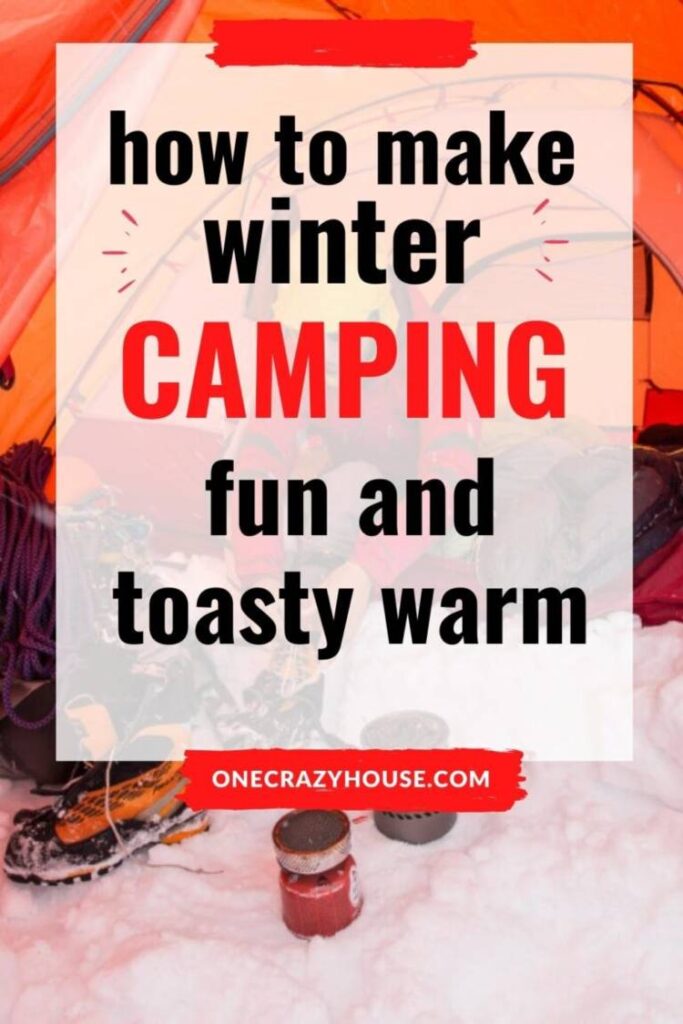
Building a Fire Safely and Efficiently
Building and maintaining a fire is a valuable skill in winter camping.
Choosing the ideal spot for a fire
Choosing the ideal spot is the first step towards a safe and successful fire. Look for an open area away from tents, trees, and shrubs. Make sure the spot is upwind of your sleeping area to keep smoke away.
Preparing your firewood
Gathering and preparing your firewood is a critical step. Aim for a mix of tinder (small, easily ignitable materials), kindling (small branches or split logs), and fuelwood (larger logs).
Techniques for starting a fire in the snow
Starting a fire in the snow can be challenging. One method is to dig down to the ground and build a platform with logs on which to build your fire. Another method is to pack the snow to form a flat and dense area for your fire.
Keeping a fire burning safely overnight
While it’s most often a good idea to let your fire burn out before sleeping, some situations might require you to keep it burning overnight. If so, ensure it’s well-contained and continue to feed it with fuelwood throughout the night.
Eating and Drinking for Warmth
What you eat and drink can affect your body’s ability to stay warm.
Eating high-energy foods for warmth
High-energy foods provide fuel for your body to produce heat. Foods high in fats, proteins, and carbohydrates are an excellent choice. Try to eat meals and snacks regularly throughout the day rather than one or two big meals.
The importance of staying hydrated
Staying hydrated helps circulate the heat throughout your body. Make sure to drink plenty of water, especially before bed, which can help you stay warm throughout the night.
Warming beverages to enjoy while camping
Warm beverages are great for helping you stay warm. Hot chocolate, tea, or soup can help keep your internal temperature up and are definitely a morale booster in cold weather.
Avoiding alcohol as it can falsely give a sense of warmth
Despite the popular belief, alcohol doesn’t help keep you warm. While it might create the sensation of warmth initially, it actually decreases your body’s ability to retain heat.
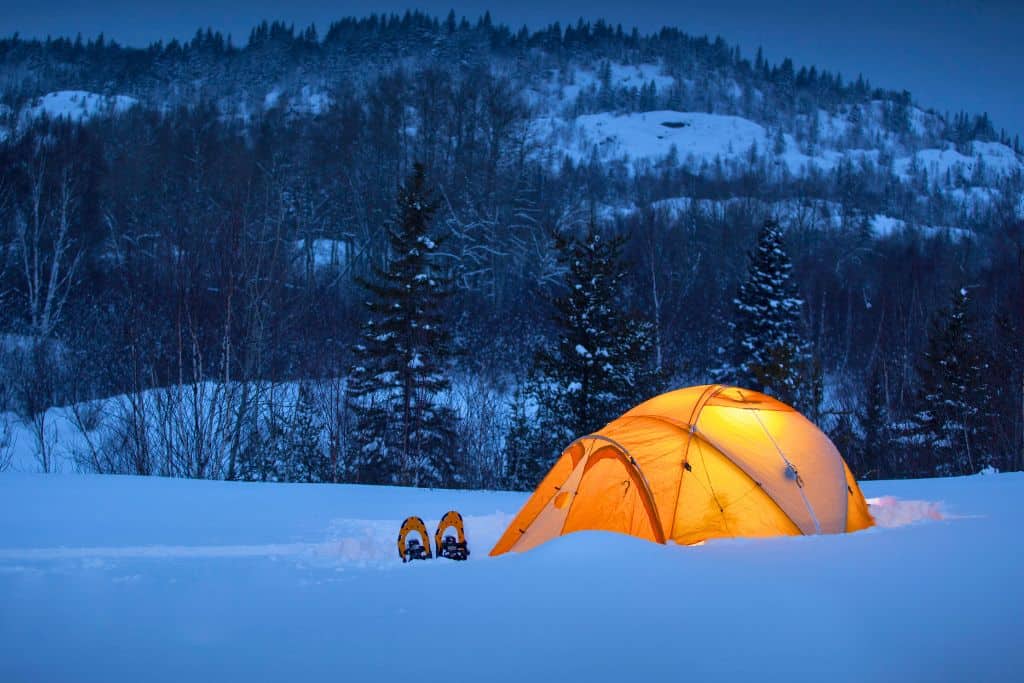
Using Hot Water Bottles
Hot water bottles are a simple and effective way to keep warm throughout the night.
How hot water bottles contribute to maintaining temperature
Filling a bottle with hot water and placing it inside your sleeping bag can deliver a pleasant heat for hours. It’s especially useful for warming up a cold bed before climbing in.
Proper usage of hot water bottles
Be sure to seal the cap of your bottle tight before placing it in your bag to avoid spills. If your bottle is not specifically designed for high temperatures, wrap it in a sock or cloth to protect your skin from getting burned.
Safety precautions when using hot water bottles
Always exercise caution when using hot water bottles. Avoid using boiling water as it increases the risk of burns and can damage the bottle. Keep it away from sharp objects to prevent punctures.
Alternatives to hot water bottles
If you don’t have a hot water bottle, there are alternatives. Heat packs, for example, are a good substitute. They’re light, easily activated, and can provide warmth for several hours.
Utilizing Heat Packs and Warmers
Heat packs or hand warmers can provide an additional surge of warmth during a frigid night.
The concept behind air-activated heat packs
These are usually air-activated, meaning they start to heat up when you open the package and expose them to oxygen. They work through an exothermic reaction that creates constant, long-lasting heat.
Efficient placement of heat packs
Optimal placement of heat packs is key. Placing them on your body’s major arteries, such as your neck, wrists, or armpits, can distribute the warmth around your body quickly. They can also be placed inside gloves or shoes for instant warmth.
Duration and reliability of different heat packs
Different heat packs have varying durations of warmth. Always read the packaging carefully so you can plan when to use them effectively. Most heat packs are reliable but always carry extras just in case.
Safety measures when using heat packs
Don’t place heat packs directly against the skin for an extended period, as it can lead to burns. If you’re placing them inside your sleeping bag, make sure they’re fully activated and not too hot.
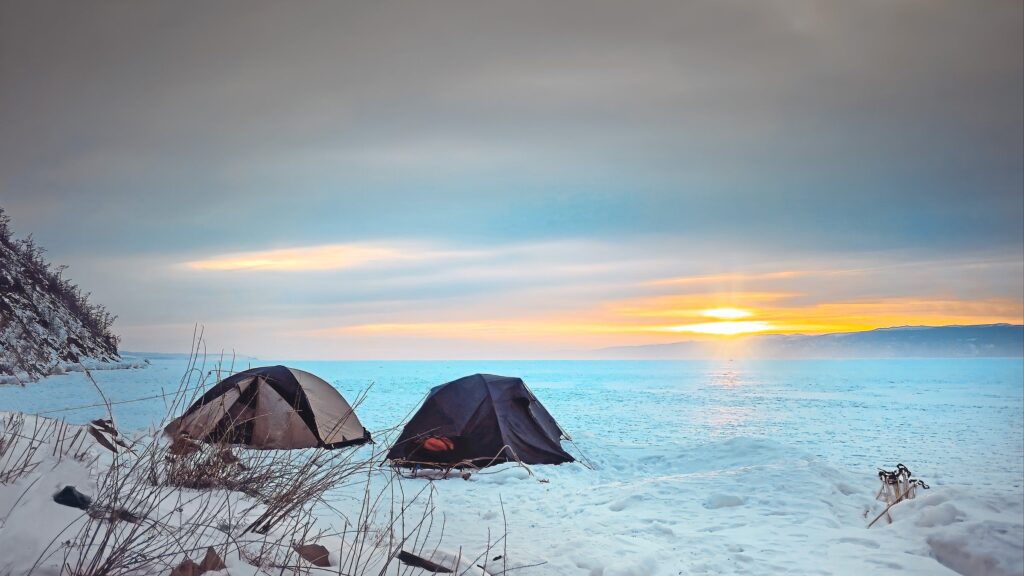
Physical Activities to Generate Heat
Physical activity increases your body temperature by generating heat.
Exercises appropriate for the camping site
Depending on your campsite, exercises can be as simple as jumping jacks or knee highs or more adventurous activities like exploring the surrounding area or collecting firewood.
Warming up before bed
A quick exercise routine before bed can raise your body temperature, making it easier to get warm in your sleeping bag. But be careful not to sweat, as damp clothes will make you colder.
Safety precautions when exercising in cold temperatures
Always make safety a priority when exercising in cold temperatures. Dress appropriately, stay hydrated, don’t overdo it, and be mindful of your surroundings to avoid slips or falls.
Balancing sweating and warming up
While exercise warms you up, it can also make you sweat. Sweating in the cold can make you chillier, so it’s essential to balance your activity level where you’re producing extra body heat but not breaking a sweat.
Use of Thermal Flask for Keeping Beverages Warm
A thermal flask is an excellent way to maintain the temperature of your beverages.
Choosing the right thermal flask
When choosing a thermal flask, look for one with strong insulation properties and a sealable lid to prevent heat loss. The size and shape are secondary factors that will depend on your carrying capacity and personal preferences.
Benefits of having a warm drink accessible
Having a warm drink on hand can provide instant warmth and great comfort, especially during very cold weather. It’s a quick way to increase your core temperature, and it helps keep you hydrated.
Insulation and thermal capacity of flasks
Thermal flasks use insulation to prevent the transfer of heat to the outside, thus maintaining the drink’s temperature. The insulation quality and the flask’s thermal capacity will determine how long it can efficiently keep your drink warm.
Care and maintenance of thermal flasks
Taking good care of your thermal flask is important to prolong its lifespan. After each use, clean it thoroughly, dry it, and store it with the lid off to prevent odors. Make sure not to drop it or bang it around as it can affect its insulation properties.
By following these tips, your winter camping adventure will be a warm and enjoyable experience, regardless of the chilly weather.
